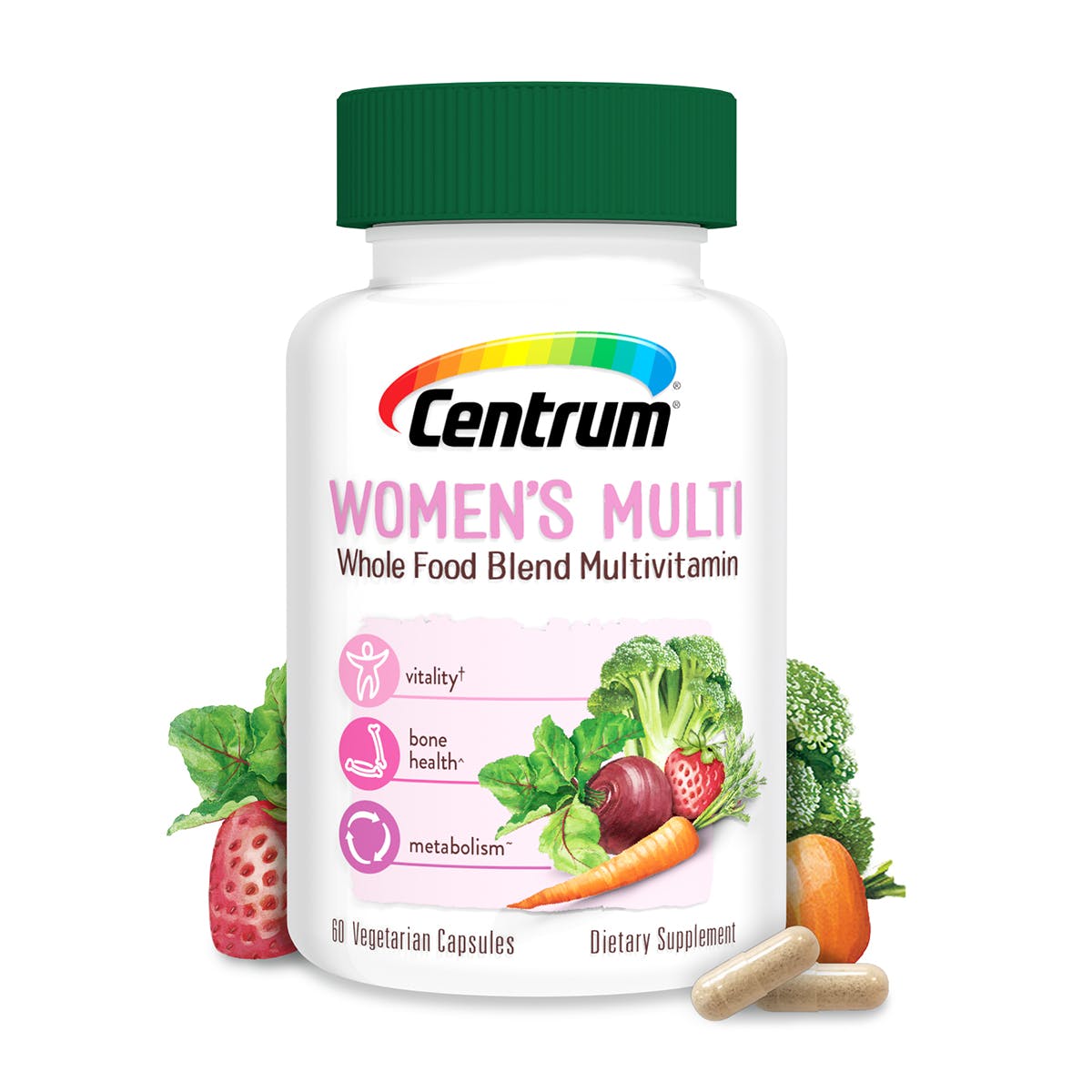
Raw food diets can offer many health benefits. It is low calories, sugars, carbohydrates, protein, as well as added sugar. The raw fruits and vegetables are a great way to increase your fiber intake, which can help with your digestive problems. Increase your intake of fruits and vegetables raw is a great way for your body to heal and lose weight.
Low in added sugar
Raw food is rich in nutrients, fiber, and calories. It also has low amounts of saturated fat and calories. The diet does not include enough protein, milk, or fat. People who eat raw foods have lower levels LDL cholesterol, and higher levels of vitamin B12 which are essential for good heart health. This diet is also associated lower body mass and lower bone density. These results suggest that a raw food diet is not for everyone.
Low in calories
Raw food diets are lower in calories than most other diets. It is a diet that emphasizes whole foods, and eliminates unhealthy food. It encourages consumption of cold-pressed oils such as olive oil.

Low in carbs
Although raw food may look like a low-carb diet it is actually very high in protein. While animal proteins are the primary source of protein, plant proteins only provide a small fraction of these nutrients. Combining different plant foods can give you complete protein. While the focus is on animal protein, raw food diets can include good carbs such as beans and vegetables. However, the high saturated fat content of meat can be problematic.
Protein levels are low
Raw food is high in nutrients and low in protein. The vegetables you consume on a raw food diet are rich in fiber. Fiber is crucial for proper digestion and good health. You can get your daily fruits and vegetables from raw foods, such as smoothies, salads, or sides.
Calcium levels are low
A raw food diet can be very low in calcium. Before you start this diet, however, there are some important things to remember. There are some foods that shouldn't be eaten raw. These include chicken, which is contaminated with harmful bacteria, and potatoes, which are high in starch and can cause digestive problems. Also, green potatoes contain a lot of the toxin SOLANINE. This can cause nausea and headaches as well as limiting calcium absorption.
Vitamin D levels are low
Supplements are recommended for people who have low vitamin-D levels because of eating raw foods. Most people need around 600 IUs of vitamin D per day to maintain a healthy body. Side effects include increased urination and weakened immunity, as well as heart arrhythmias. Over-consuming vitamin D can also lead to an increase in calcium levels, which can cause damage to your blood vessels, kidneys, and other organs.

Easy to digest
The ease of digestion is one of the greatest benefits of raw food. The body can easily digest many plant products. This allows for less food to be absorbed and provides more energy. As a substitute for processed food, raw plant foods are also possible.
FAQ
What is the difference in a calorie from a Kilocalorie?
Calories are units that measure the energy content of food. Calories is the unit of measurement. One calorie is equal to one degree Celsius in energy.
Kilocalories are another term for calories. Kilocalories measure in thousandths (or calorie) of a calorie. 1000 calories are equal to one kilocalorie.
Is being cold good for your immune system.
Being cold gives you a weaker immune system because when you are cold, your body produces less white blood cells which fight infections. Being cold can make you feel more comfortable because your brain releases endorphins which help reduce pain.
Exercise: Good or Bad for Immunity?
Your immune system is strengthened by exercise. When you exercise, your body produces white blood cells which fight off infections. You also eliminate toxins. Exercise can prevent heart disease, cancer, and other diseases. Exercise can help reduce stress.
However, exercising too much can weaken your immune system. If you work out too hard, your muscles become sore. This can lead to inflammation and swelling. In order to fight off infection, your body must produce more antibodies. The problem is that these extra antibodies can cause allergies and autoimmune disorders.
So, don't overdo it!
What is the difference of a virus from a bacteria?
A virus, a microscopic organism that can not reproduce outside of its host cells, is called a virus. A bacterium is an organism that splits itself in two. Viruses have a very small size (approximately 20 nanometers), while bacteria can grow to a maximum of 1 micron.
Viruses are spread via contact with infected bodily liquids such as urine, saliva, semen and vaginal secretions. Bacteria is usually spread directly from surfaces or objects contaminated with bacteria.
Viral infections may enter the body through cuts, scrapes. bites and other skin breaks. They can also get into the skin through the nose, mouth and eyes, ears as well as through the rectum, rectum and anus.
Bacteria can get into our bodies through cuts, scrapes and burns, insect bites, or other skin breaks. They may also enter our bodies from food, water, soil, dust, and animals.
Both bacteria and viruses cause illness. Viruses cannot multiply in their host cells. They can only infect living cells and cause illness.
Bacteria can grow in their hosts and cause disease. They can even invade other parts of the body. They can even invade other parts of the body, which is why antibiotics are necessary to eradicate them.
How do I determine what's good?
You need to listen to your body. Your body knows what you need when it comes time to eat, exercise, and get enough rest. To avoid overdoing it, it's important that you pay attention to what your body is telling you. Be aware of your body and do what you can to keep it healthy.
Which lifestyle is best for your health?
The healthiest lifestyle to live is one where you eat healthy food, exercise regularly, sleep well, and avoid stress. If you follow these guidelines, you will be able to lead a long and healthy life.
It's easy to start small with your exercise and diet. For example, if you want to lose weight, try walking for 30 minutes every day. Swimming or dancing are great options if your goal is to become more active. A Fitbit or Strava online program that tracks your activity can be joined.
What's the problem with BMI?
BMI stands to Body Mass Index. This refers to the measurement of body weight based on height. This formula calculates BMI.
The weight of a kilogram divided by its squared height in meters.
The result can be expressed as a number, ranging from 0 through 25. Scores of 18.5 and higher indicate overweight, while scores of 23 and higher indicate obesity.
A person of 100kg with a height of 1.75m will have 22 BMI.
Statistics
- According to the 2020 Dietary Guidelines for Americans, a balanced diet high in fruits and vegetables, lean protein, low-fat dairy and whole grains is needed for optimal energy. (mayoclinichealthsystem.org)
- According to the Physical Activity Guidelines for Americans, we should strive for at least 150 minutes of moderate intensity activity each week (54Trusted Source Smoking, harmful use of drugs, and alcohol abuse can all seriously negatively affect your health. (healthline.com)
- nutrients.[17]X Research sourceWhole grains to try include: 100% whole wheat pasta and bread, brown rice, whole grain oats, farro, millet, quinoa, and barley. (wikihow.com)
- This article received 11 testimonials and 86% of readers who voted found it helpful, earning it our reader-approved status. (wikihow.com)
External Links
How To
What does the word "vitamin" mean?
Vitamins can be described as organic compounds found in food. Vitamins allow us to absorb nutrients from food. Vitamins cannot come from the body so food must provide them.
Two types of vitamins exist: water soluble and oil soluble. Water-soluble vitamins dissolve easily when they are dissolved in water. Examples include vitamin C,B1 (thiamine), B2 (riboflavin), B3 (niacin), B6 (pyridoxine), folic acid, biotin, pantothenic acid, and choline. The liver and fatty tissue are the main storage places for fat-soluble vitamins. You can find vitamin D, E K, A and beta carotene as examples.
Vitamins are classified according to their biological activity. There are eight major groups of vitamins:
-
A - Vital for healthy growth.
-
C – essential for proper nerve function.
-
D - necessary for healthy bones and teeth.
-
E is needed for good reproduction and vision.
-
K - Essential for healthy muscles and nerves.
-
P – Vital for building strong bones.
-
Q - Aids in digestion and absorption.
-
R is required for the production of red blood cells.
The recommended daily intake (RDA), of vitamins varies with age, gender and physical conditions. The U.S. Food and Drug Administration (FDA) sets the RDA values.
For adults over 19 years, the RDA is 400 mg per day for vitamin A. For fetal development, pregnant women require 600 micrograms per daily. Children ages 1-8 require 900 micrograms per day. Infants under one year of age require 700 micrograms per day, but this amount decreases to 500 micrograms per day between 9 months and 12 months of age.
Children aged between 1-18 years old who are obese require 800 micrograms per Day, while overweight children need 1000 micrograms every day. Children underweight or obese will require 1200 micrograms a day to meet their nutritional requirements.
Children aged 4-8 who have anemia are required to consume 2200 micrograms of Vitamin C daily.
Adults over 50 years of age need 2000 micrograms per day for general health. Breastfeeding or pregnant women require 3000 micrograms per daily due to higher nutrient demands.
Adults over 70 years of age need 1500 micrograms per day since they lose about 10% of their muscle mass each decade.
Women who are pregnant or lactating need more than the RDA. Pregnant woman need 4000 micrograms daily in pregnancy and 2500 per day after childbirth. Breastfeeding mothers need 5000 mg per day when breastmilk is being produced.